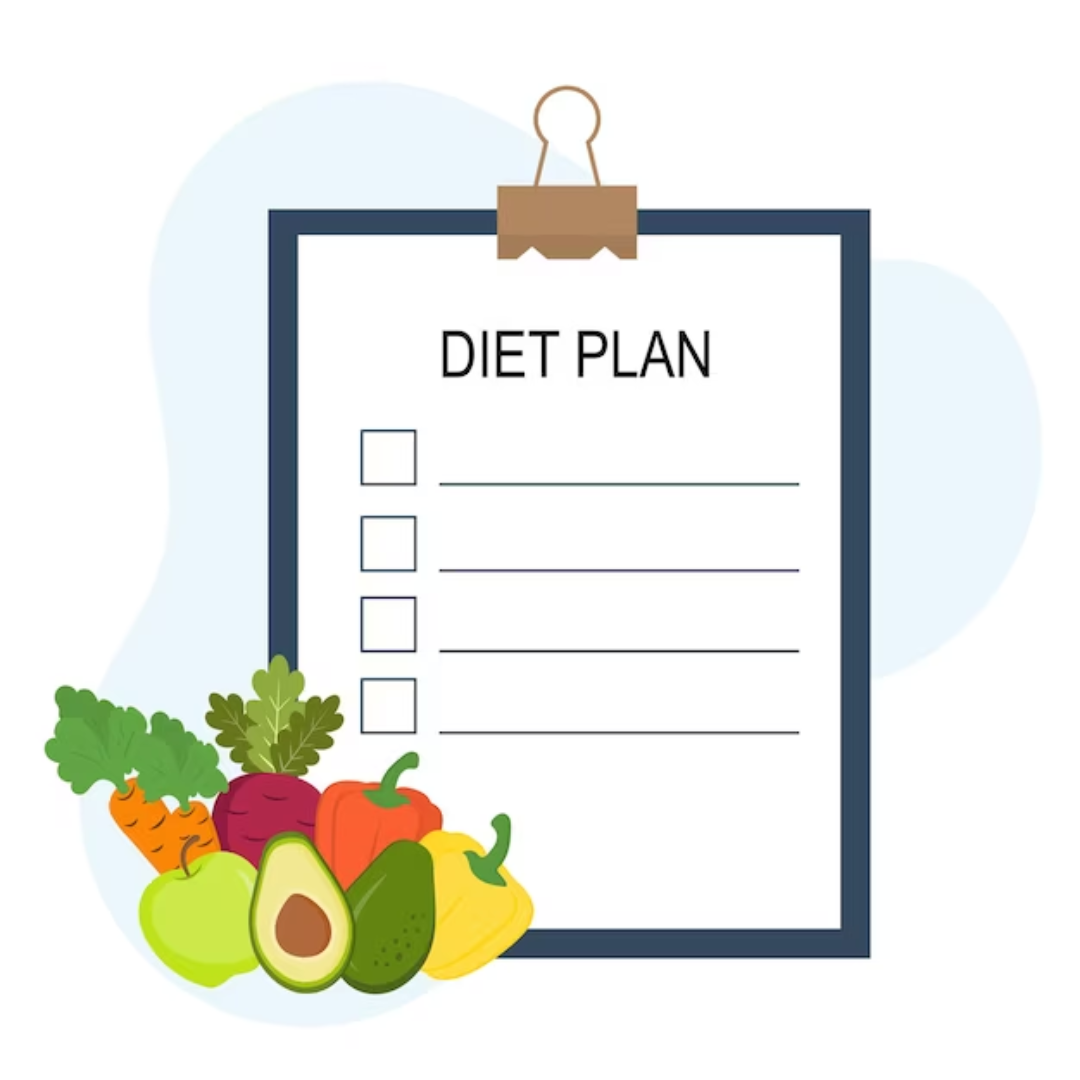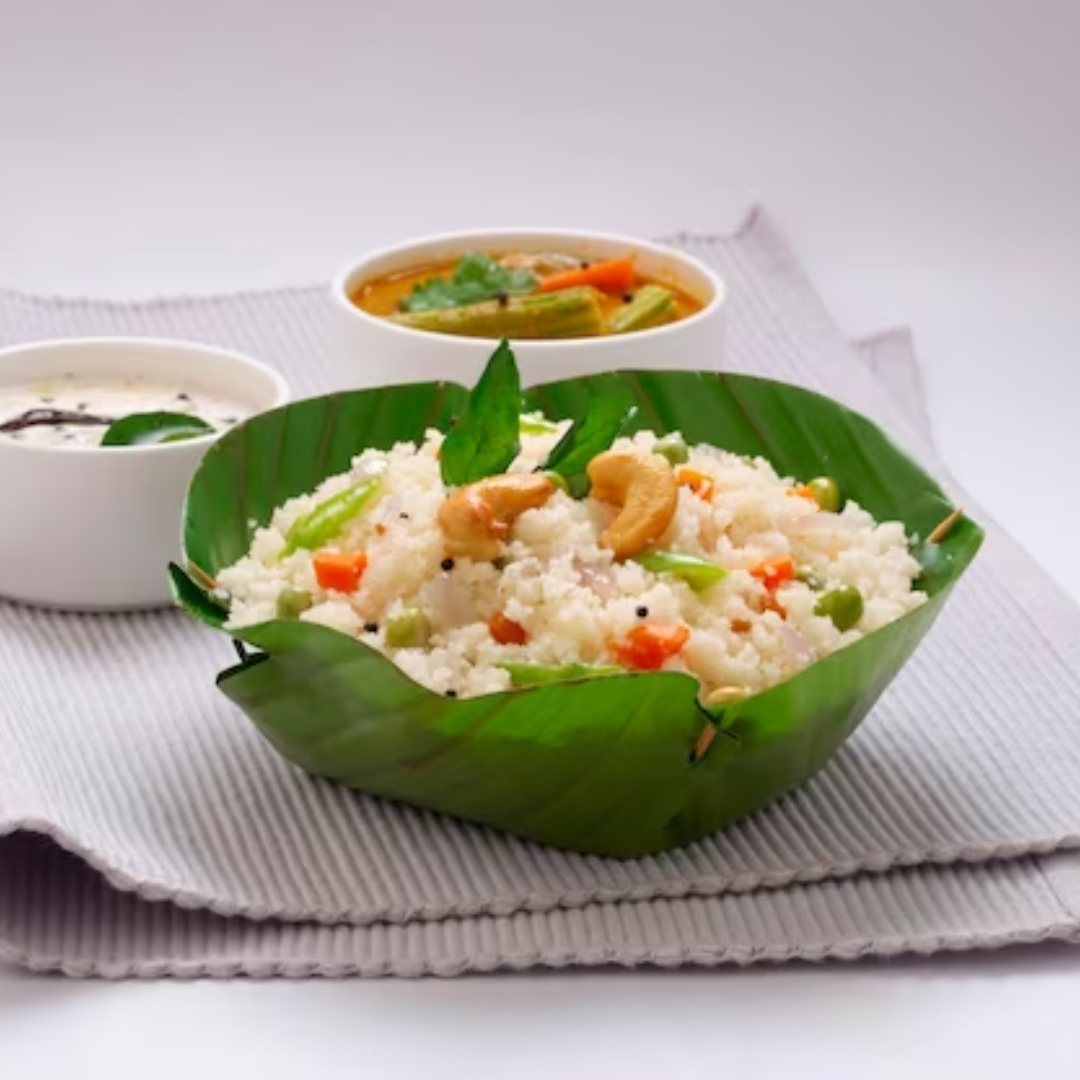The Blueprint of Wellness: Crafting a Diet Chart for Weight Loss Success

With the rising global obesity rates and increased awareness of healthy living, the hunt for the ideal diet chart for weight loss is on the rise. But amidst a sea of diets and nutrition advice, which one truly reigns supreme? Fear not, for we’ve crafted a comprehensive guide with proven steps, expert insights, and a sprinkle of personal experience to lead you on the path to sustainable weight loss.
Diet Chart for Weight Loss: The Foundation

Diet Chart for Weight Loss
Understanding Caloric Intake and Expenditure
Before diving headfirst into any diet, it’s crucial to grasp the fundamental concept of calories in versus calories out. This basic principle indicates that to shed those pounds, you need to burn more calories than you consume. This creates a caloric deficit, which, in turn, leads to weight loss.
Macronutrients: The Big Three
Understanding macronutrients – proteins, carbohydrates, and fats – is akin to knowing the ABCs of nutrition. Each plays a distinct role in the body, and balancing them appropriately can be a game-changer for your weight loss journey hence Diet Chart for Weight Loss is very important.
Micronutrients: The Unsung Heroes
While macronutrients get most of the limelight, micronutrients, such as vitamins and minerals, play an equally pivotal role in our overall well-being. For instance, a deficiency in Vitamin D can make the weight loss battle uphill.
Building Your Personalized Diet Chart for Weight Loss

Building Your Personalized Diet Chart for Weight Loss
Setting Clear Objectives
What’s your primary motivation? Are you shedding weight for an upcoming event, or is it a lifelong commitment to health? Pinpointing the “why” can be your anchor during challenging times.
Calorie Counting: Yay or Nay?
Some swear by calorie counting, while others prefer intuitive eating. It’s all about finding what ticks for you.
Choosing the Right Plan for Diet Chart for Weight Loss
From the Mediterranean to Keto to Intermittent Fasting, there’s no one-size-fits-all approach. It’s all about personalization and finding what feels right for you.
Sample Diet Chart for Weight Loss

Sample Diet Chart for Weight Loss
Breakfast Options
Kick-start your day with a wholesome breakfast. Opt for a protein-rich meal, such as scrambled eggs with veggies, or oatmeal topped with fresh fruits and a drizzle of honey.
Lunch Ideas
Keep it balanced with a lean protein source, healthy fats, and complex carbs. Think grilled chicken salad with avocado or a quinoa and chickpea bowl.
Dinner Delights
As the saying goes, “Eat breakfast like a king, lunch like a prince, and dinner like a pauper.” Opt for lighter meals, perhaps a vegetable stir-fry or a hearty soup.
Snack Smarter, Not Harder
Reach for nuts, seeds, or a piece of fruit when the munchies strike. Remember, it’s the small choices that make a big difference.
Chart for Deferent Food Intake in Diet Chart for Weight Loss

Chart for Deferent Food Intake in Diet Chart for Weight Loss
Certainly! Below is a structured chart that showcases different types of food intakes, detailing their nutritional benefits and suggested portion sizes. This chart is for general informational purposes and may vary based on individual requirements and dietary restrictions.
Chart of Different Food Intake
| Food Group | Examples | Benefits | Suggested Portion Size |
|---|---|---|---|
| Whole Grains | – Quinoa – Brown rice – Oats – Whole wheat bread | – High in fiber – Good source of B vitamins – Promotes healthy digestion | 1/2 cup (cooked grains) 1 slice of bread |
| Lean Proteins | – Chicken breast – Tofu – Legumes – Fish | – Muscle repair & growth – Provides essential amino acids – Satiating, keeps you full | 3-4 oz (meat & fish) 1/2 cup (legumes) |
| Dairy & Alternatives | – Greek yogurt – Almond milk – Cheese – Soy milk | – Source of calcium & Vitamin D – Supports bone health | 1 cup (milk & alternatives) 1-2 oz (cheese) |
| Fruits | – Apples – Berries – Bananas – Oranges | – Rich in vitamins & antioxidants – Boosts immune system – Provides natural sugars for energy | 1 medium fruit 1/2 cup (berries or chopped fruits) |
| Vegetables | – Spinach – Broccoli – Carrots – Bell peppers | – Packed with vitamins & minerals – Low in calories – Supports overall health | 1/2 cup (cooked) 1 cup (raw) |
| Healthy Fats | – Avocado – Olive oil – Nuts – Chia seeds | – Supports brain function – Helps in nutrient absorption – Provides sustained energy | – Quick energy source – Enjoyment & Satisfaction |
| Sweets & Sugars (consume sparingly) | – Pastries – Candy – Soda – Ice cream | – Quick energy source – Enjoyment & Satisfaction | Limit to occasional treats and in moderation |
This chart provides a balanced overview of various food groups and their benefits. Remember, individual nutritional needs can vary based on factors like age, gender, activity level, and health goals. Always consult with a nutritionist or healthcare provider for a personalized Diet Chart for Weight Loss guidance.
Busting Diet Myths for Diet Chart for Weight Loss

Busting Diet Myths for Diet Chart for Weight Loss
Starvation Equals Weight Loss? Think Again!
Starving might seem like a quick fix, but it’s a recipe for disaster. It can lead to muscle loss, slowed metabolism, and even binge eating down the line.
All Calories Are Created Equal
A calorie is not just a calorie. The source matters. 100 calories from broccoli is not the same as 100 calories from a sugary treat.
Diet Sodas: The Weight Loss Elixir?
Despite being calorie-free, diet sodas have been linked to weight gain. Artificial sweeteners might be the culprits, tricking the body and leading to sugar cravings.
Also, read Paneer Vs Soya Chunks Unveiling The Vegetarian Protein Battle
Kind of Diet chart for weight loss

Kind of Diet chart for weight loss
The quest for the perfect diet to aid weight loss is a subject of much debate and research. The ideal choice often hinges on individual needs, preferences, and any underlying health conditions. Let’s examine some of the popular diet regimes and evaluate their effectiveness for weight loss.
1. Mediterranean Diet
Overview: This diet is inspired by the eating habits of people in countries bordering the Mediterranean Sea, emphasizing whole foods, healthy fats, lean protein, and a moderate intake of red wine.
Pros
- Balanced Nutrients: Rich in monounsaturated fats, fiber, and antioxidants.
- Heart-Healthy: Proven to reduce risks of heart disease.
- Satiating: Healthy fats and proteins keep you fuller for longer.
Cons
- Moderate Weight Loss: Generally results in modest weight loss over time.
- Cost: Fresh seafood and quality olive oil can be expensive.
2. Keto Diet
Overview: This diet drastically reduces carbohydrate intake, replacing it with fat to put your body into a state of ketosis, where it burns fat for energy.
Pros
- Rapid Weight Loss: Initial weight loss can be significant.
- Appetite Control: Reduced hunger due to increased protein and fat intake.
Cons
- Strict Regimen: Requires careful tracking of macronutrients.
- Potential Side Effects: Keto flu, constipation, nutrient deficiency, and an increased risk of heart disease.
3. Intermittent Fasting (IF)
Overview: IF involves cycling between periods of eating and fasting. Common methods include the 16/8 method (fast for 16 hours and eat during an 8-hour window).
Pros
- Simplicity: No need to count calories or nutrients.
- Flexible: Can be tailored according to personal preferences.
- Metabolic Health Benefits: Can improve insulin sensitivity.
Cons
- Initial Hunger Pangs: Getting used to the fasting period can be challenging.
- Potential Overeating: Risk of overcompensating during eating windows.
4. Plant-Based/Vegan Diet
Overview: Excludes all animal products, focusing on plant foods.
Pros
- Low in Saturated Fat: This can lead to weight loss and improved heart health.
- Eco-Friendly: More sustainable for the environment.
Cons
- Nutrient Deficiencies: Potential risk of lacking essential nutrients like Vitamin B12, iron, omega-3s, and protein.
- Requires Planning: Need to ensure adequate protein and nutrient intake.
5. Paleo Diet
Overview: Mimics the eating habits of our hunter-gatherer ancestors, emphasizing whole foods.
Pros
- Eliminates Processed Foods: This can lead to significant weight loss and improved health.
- Rich in Nutrients: Focuses on nutrient-dense whole foods.
Cons
- Restrictive: Excludes dairy, grains, and legumes, which can be healthy.
- Expensive: Relies on organic, free-range, and grass-fed foods.
Also, read Discover the Top 3 Weight Loss Drinks
FAQs About Diet Chart For Weight Loss
Conclusion
Embarking on a weight loss journey is no cakewalk, but armed with the right knowledge, dedication, and a tailored diet chart for weight loss, success is just around the corner. Remember, it’s not about quick fixes but sustainable changes that lead to lifelong benefits. So gear up, trust the process, and watch the transformation unfold!
- Water Intake Calculator: Everything You Need to Know - September 7, 2024
- 5 Weight Gain Drink Recipes for Healthy Bulking - March 29, 2024
- High-Calorie Banana Shake for Weight Gain - March 27, 2024









